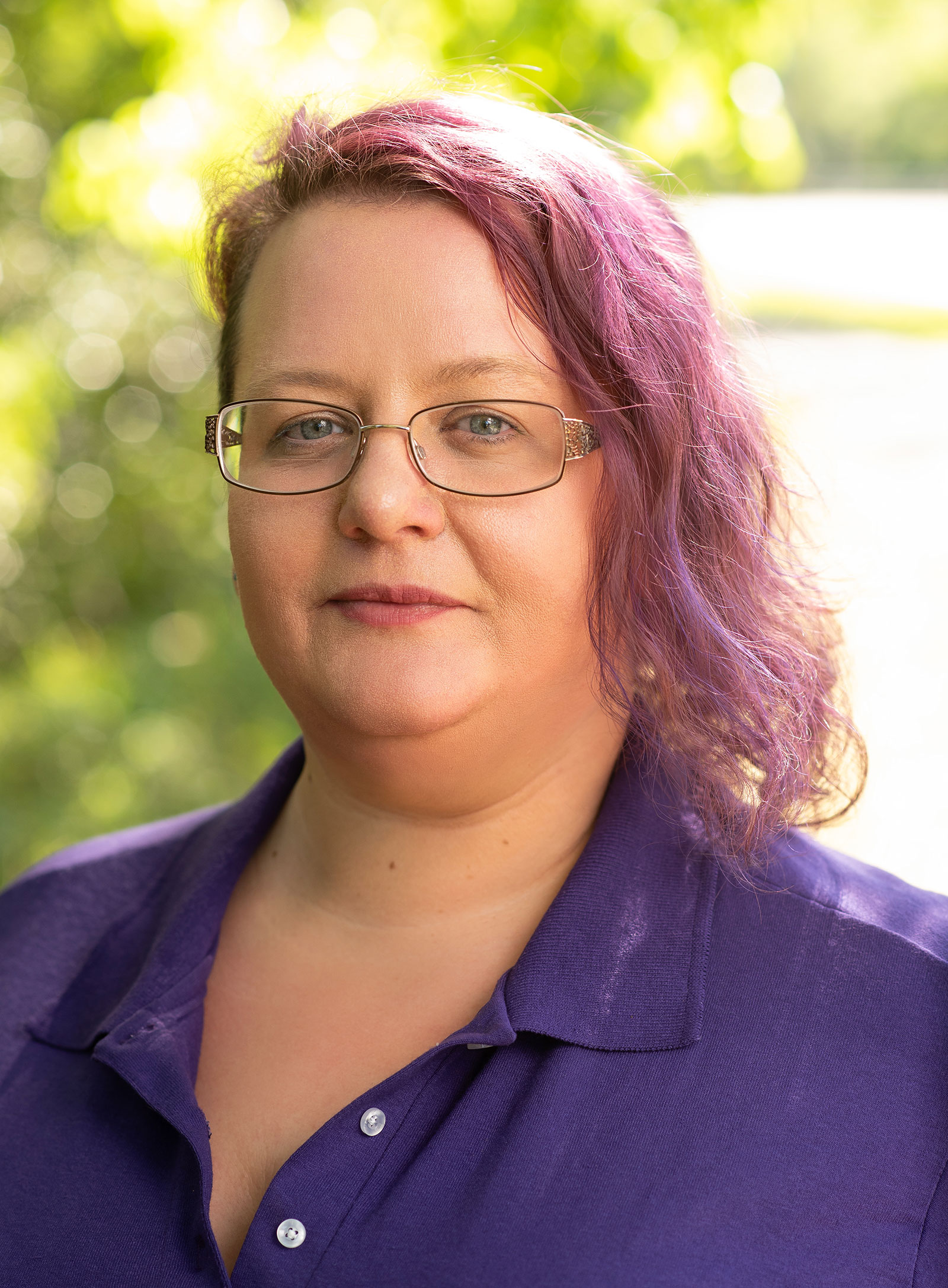EMDR
Have you ever felt stuck in a painful memory, emotion, or belief that just won’t go away no matter how much time passes? EMDR therapy might be what helps you finally feel relief!
What is EMDR?
EMDR stands for Eye Movement Desensitization and Reprocessing. It’s a special type of therapy that helps people heal from hard or upsetting experiences like trauma, anxiety, or painful life events.
Instead of just talking through your problems, EMDR uses a unique process to help your brain reprocess the memory and feel more at peace with it. It’s kind of like your brain’s natural healing system gets “unstuck” and starts working again.

How EMDR Works
During an EMDR session, your therapist will guide you to think about a difficult memory while you do something called bilateral stimulation—like following a moving light with your eyes, tapping your hands, or listening to sounds that go back and forth. This back-and-forth motion helps your brain “reprocess” old memories in a new, healthier way so they feel less painful and less upsetting. You will still remember what happened, but it won’t feel as overwhelming.
What EMDR Can Help With
EMDR can help with a lot of things, including:
- Trauma or PTSD (from abuse, accidents, loss, or other painful events)
- Anxiety and panic attacks
- Grief and loss
- Low self-esteem
- Negative self-beliefs like “I’m not good enough”
- Phobias or intense fears
- Feeling stuck in past experiences
What Does EMDR Feel Like?
Often clients describe EMDR sessions as feeling a bit like an “emotional cleaning.” As you focus on a memory or emotion, the back-and-forth motion of the lights, sounds, or tapping helps your brain gently sort through what happened without getting overwhelmed. You might notice thoughts, images, or emotions pop up, shift, or even fade away.
Many of our clients feel lighter, clearer, or more grounded afterward and say things like, “the memory is still there, but it doesn’t bother me anymore,” or “I can think about it without feeling panicked or stuck.”
It’s not always easy, but it’s usually not overwhelming and your therapist will be there to guide and support you the whole time.
Is EMDR for adults or kids?
Both! EMDR can help people of all ages work through trauma, anxiety, and difficult memories. Adults often use EMDR to process past experiences that still affect them today, while children and teens can benefit from EMDR to build resilience and heal from upsetting events earlier in life.
How EMDR Can Help Children and Teens
Children and teens often struggle to put their feelings into words—but EMDR doesn’t require a lot of talking. That makes it a great option for younger people who’ve been through:
- Bullying or peer issues
- Family changes like divorce or separation
- Accidents, injuries, or medical trauma
- Loss of a loved one
- Emotional or physical abuse
- Anxiety, fears, or panic
- Big emotions they don’t understand
EMDR can help kids feel calmer, more in control, and less afraid. It can also improve behavior, sleep, and focus—because when their nervous system starts to feel safe, everything else starts to feel easier too.
Is EMDR Right for You or Your Child?
If you or your child are feeling weighed down by past experiences or overwhelming emotions, EMDR might be a helpful next step. You don’t have to keep carrying this pain. There is hope, and we’re here to help!
What Training Do EMDR Therapists Need?
Therapists need specialized training beyond their general mental health license to provide EMDR. All of our EMDR therapists have completed an EMDRIA-approved basic training program, which includes at least 50 hours of instruction, practice, and consultation. This ensures they understand how to safely and effectively use EMDR with clients!
Will EMDR Cost More?
No, EMDR is considered a therapy service just like regular talk therapy. For those using insurance, we use the same billing code, therefore your copay or deductible will apply like it normally would. For those who are self-pay, your cost would remain the same as well.
How long does it take?
Some people notice changes in just a few sessions, while others may need longer-term support depending on their goals, history, and the challenges they’re working through. At TrueCandor, we’ll talk openly about your progress along the way and adjust the pace so that therapy feels both effective and manageable for you.








